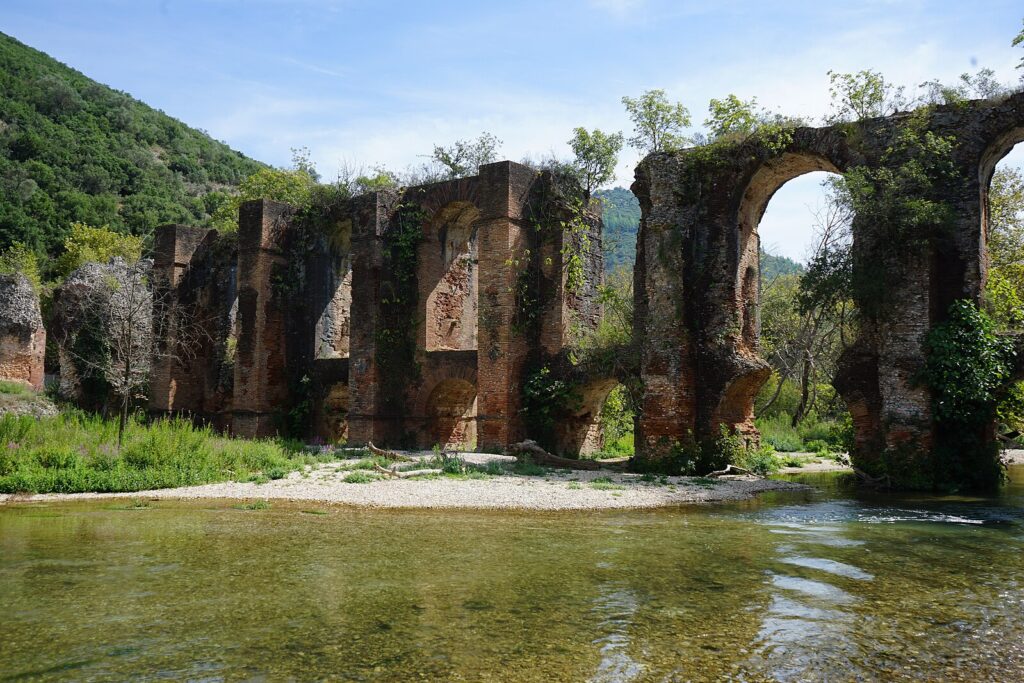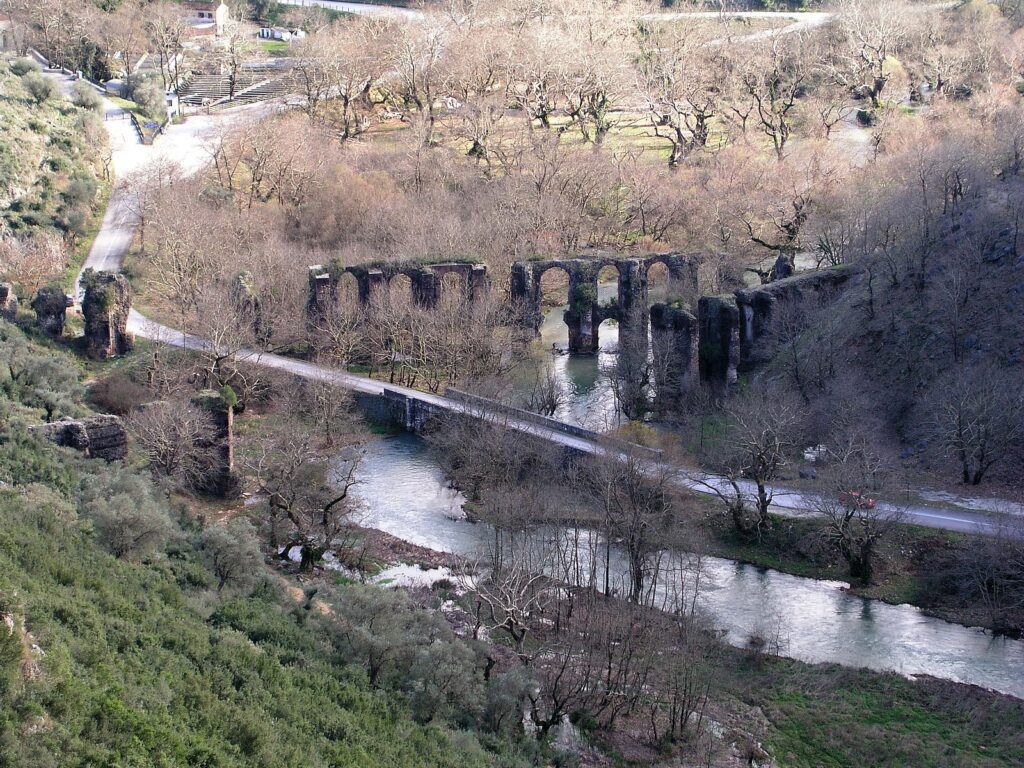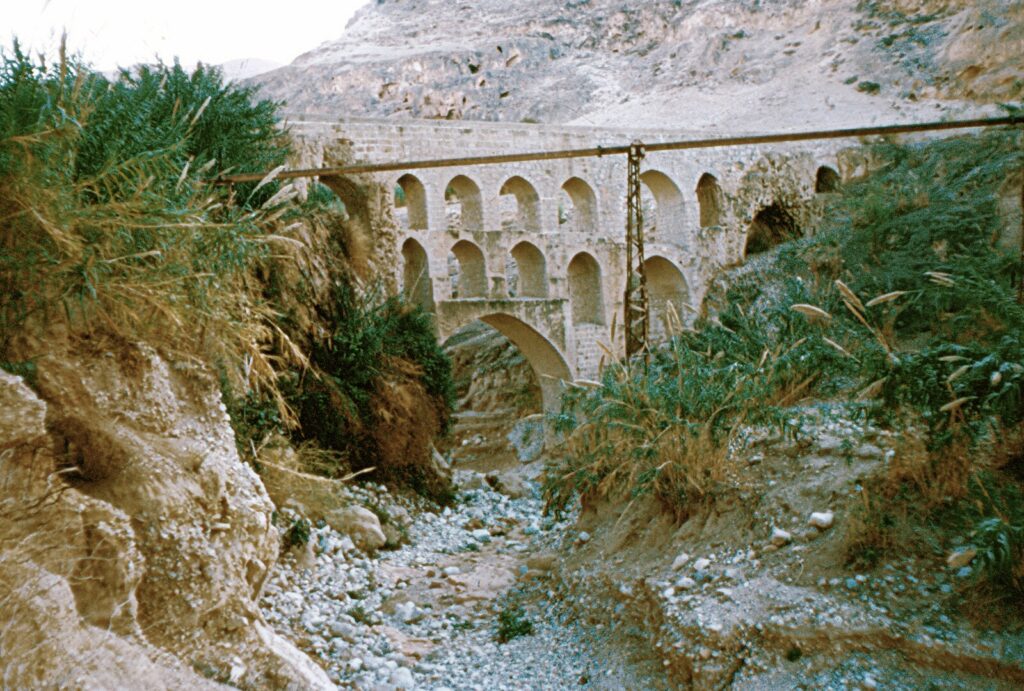Roman aqueducts were, and still are, an impressive feat of engineering. Designed to transport water over almost impossibly long distances, they were the veins carrying the lifeblood of the Roman Empire and sustained life across the vast stretches of its borders.
They stretched across Europe and brought the various communities the Romans conquered together. They allowed the growing legions to continue their expeditions easily.
Without aqueducts, the vast empire of the Romans would not have been nearly as successful.

Why did the Romans Build Aqueducts?
The city of Rome alone had 11 aqueducts that serviced the city. They ran a combined nearly 500 miles, bringing fresh water to the over half a million citizens of Rome.
Some theorize that Romans rarely drank the water from the aqueducts, although that has been proven untrue. The need for freshwater was too great as the city rapidly expanded in population, Therefore, aqueducts were rapidly ordered.
Despite the evidence to support that Romans drank from the aqueducts, popular theory has it that Roman wine was the drink of choice instead. This is because the alcohol was less likely to have bacteria and other life-threatening elements within it.
While untrue, the main use for water brought in by the aqueducts was for baths. Public baths were extremely popular in Ancient Rome, with each city having at least one.
They were not for sanitation the way they are today. They were also a social activity, akin to a steam room combined with a social hall.
But to maintain such halls required massive amounts of water, which was not available within easy reach of most Roman cities, including Rome.
How did the Romans Build the Aqueducts?
The first Roman aqueduct was built in 312 BCE. Over the next 500 years, dozens of more were built.
Each one was a feat of engineering even by today’s standards. They required incredibly precise architecture to function the way that they were intended.
For every few miles that the aqueducts traveled, the stone structure needed to slope only one or two feet to ensure that the water would flow. This meant that the gradient was incredibly small.
If it was any steeper, the water would rush across the entire system and flood the end. While a gradient less steep would result in the water pooling across miles, breeding bugs and disease.
Even today, calculating construction on that scale with that level of precision is incredibly difficult without a computer. It would require incredibly specific planning, which the Roman bureaucratic system made simple.

Planning out the Construction
Even after the plans were fully established, hundreds of miles of aqueduct was no easy feat to construct. However, Romans were able to leverage a larger pool of resources than are available today.
The empire spread across thousands of miles and encompassed millions of people. There were those employed by the government as well as those forced into labor through slavery, resulting in a near-endless source of labor to construct anything the empire desired.
As Rome grew, both the city and empire, the population exploded and more and more water was required, This left emperors calling for more aqueducts to be constructed.
11 aqueducts were built to support the city of Rome. Expeditionary forces quickly built aqueducts in newly conquered lands from England to Tunisia to Turkey.
By establishing aqueducts in new lands, expeditionary forces were able to create long-term communities and gain the trust of locals as they were incorporated into the Roman Empire. The infrastructure served both survival and social purposes.
The Secret of Roman Concrete
Roman architectural feats have long puzzled scientists, especially since many of them are still standing in a quality that few ancient buildings are.
Recently, scientists at MIT, Harvard, and assorted labs across Europe have been investigating the ancient concrete used to construct these ancient structures. They think that they have finally cracked the code.
Originally, scientists believed that Romans only mixed lime with water to create a paste before mixing their concrete. This is a common feature across Roman concrete.
But looking at the chemical construction of the concrete, scientists were able to identify small lime clasts. These are small particulates created when a different form of lime, called quicklime, is added and superheated.
While investigating the lime clasts, they discovered that they would react with water to form new crystallized layers if the concrete cracked. This allowed the concrete to “heal” itself if it was ever cracked, leading to Roman buildings withstanding thousands of years of wear in a way that modern concrete cannot.

The Most and Least Celebrated Aqueducts
The most famous aqueducts in the world stand over villages and cities built upon Roman ruins. These aqueducts stand prominently above cities still today, including Segovia in Spain, Istanbul in Turkey, and Nimes in France.
However, the large, soaring arches of the tiered aqueducts that draw millions of visitors each year were not the most effective aqueducts built by Roman engineers. Instead, the more common and more effective aqueducts were built underground using the same gravity-driven gradient.
Roman engineers knew that water that remained underground was safer to drink. By keeping the paths underground, they were able to keep algae and other sources of sickness from contaminating the water.
Even more impressive was that Romans recognized this hundreds of years before germ theory was discovered.
Roman aqueducts were nothing short of a miracle in their time, and remain so today. They required incredibly precise mathematical calculations and immense manpower to construct and were priceless contributions to Roman infrastructure.
Recent discoveries regarding how Romans constructed their aqueducts could even revolutionize modern infrastructure. They are so much more than the soaring, impressive feats of architecture that people gather to marvel at. They were a source of life for Romans.
References
Betz, Eric. “Aqueducts: How Ancient Rome Brought Water to Its People.” Discover, October 26, 2020. https://www.discovermagazine.com/planet-earth/aqueducts-how-ancient-rome-brought-water-to-its-people.
Chandler, David L. “Riddle solved: Why was Roman concrete so durable?.” MIT News, January 6, 2023. https://news.mit.edu/2023/roman-concrete-durability-lime-casts-0106.

